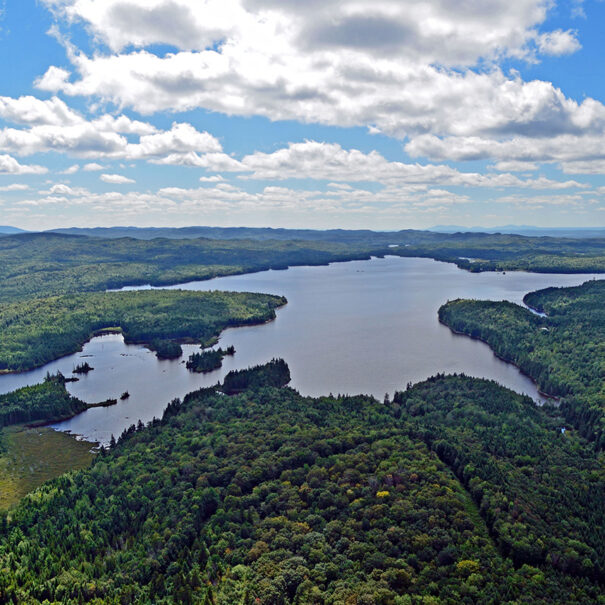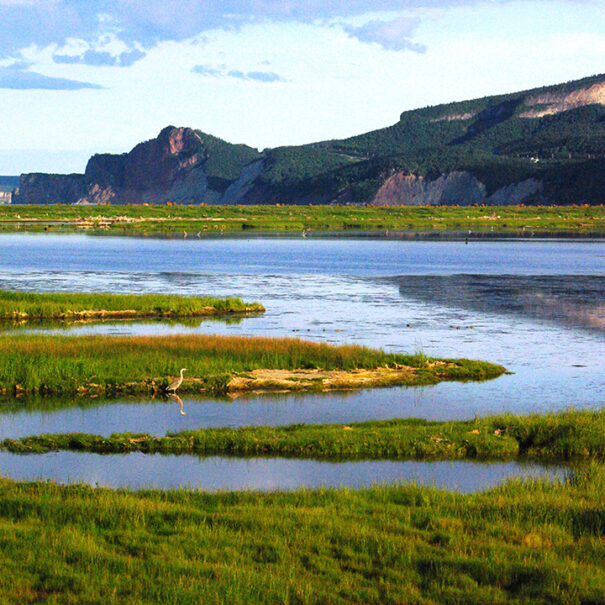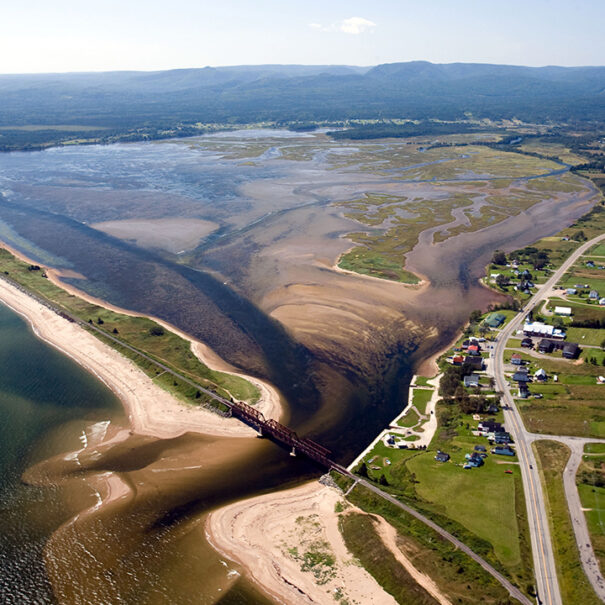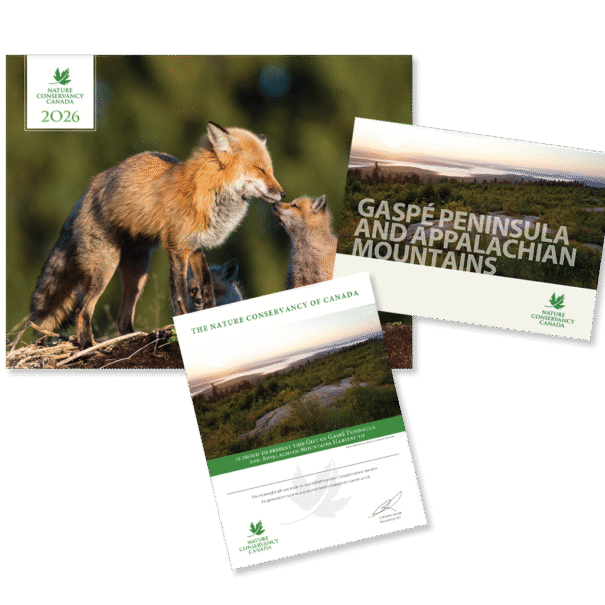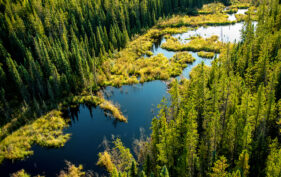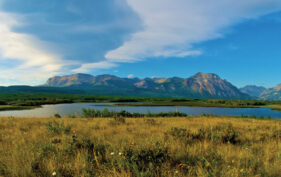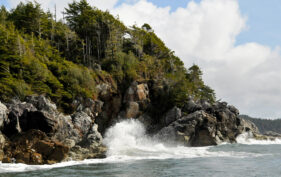Gaspé Peninsula and Appalachian Mountains
The vast areas of unfragmented forests in the Gaspé Peninsula and Appalachian Mountains region play an important role in supporting species that depend on large wilderness areas for their survival, such as black bear, bobcat and moose. The region’s forests and wetlands provide a safe haven for many bird species, including wood thrush, black-throated blue warbler and golden-winged warbler.
Gift details
Digital download includes:
- Digital species booklet
- Digital full-colour certificate
- Informational video
Physical package includes:
- 2026 NCC calendar
- Species booklet
- Full-colour certificate
Need to ship to multiple addresses? Visit the FAQ page for more information.
Your Gift in Action
Your gift will conserve critical habitats and ensure a future for species at risk. It will also build healthier, more resilient ecosystems that provide essential benefits and services to people and their communities, while countering the effects of climate change and biodiversity loss.
Since 1962, NCC has brought Canadians together to conserve and restore more than 15 million hectares, coast to coast to coast. But we must do more faster and accelerate the pace of conservation. Every gift and donation counts.
Gaspé Peninsula and Appalachian Mountains
The vast areas of unfragmented temperate forests in the Gaspé Peninsula and Appalachian Mountains region play an important role in supporting species that depend on large wilderness areas for their survival, such as black bear, pine marten, Canada lynx and moose. The forests and wetlands provide a safe haven for many forest bird species.
The Appalachian Mountains extend from the state of Georgia, through Quebec to New Brunswick. They were formed hundreds of millions of years ago when two tectonic plates merged. The region is a critical continental corridor for wide-ranging mammals and other species, and features steep coastal cliffs, rolling mountains, alpine areas above the tree line and a wealth of biodiversity.
The forests and wetlands here are safe havens for wildlife. Its lakes and rivers are home to at-risk species like wood turtle and, once a year, its rivers teem with Atlantic salmon on their way to spawn. The area also supports one of the world’s most southerly populations of woodland caribou, the only one south of the St. Lawrence River. The Gulf of St. Lawrence coast provides important habitat for seabirds and shorebirds.
By symbolically adopting the Gaspé Peninsula and Appalachian Mountains region, you are protecting valuable habitat for close to 60 species at risk, while maintaining corridors for wildlife to relocate in response to a changing climate.
Photo 1: Lac du Portage, Beauce, QC; Photo by Claude Duchaîne. Photo 2: Barachois de Malbaie, QC; Photo by NCC. Photo 3: Barachois de Malbaie, QC; Photo by NCC

